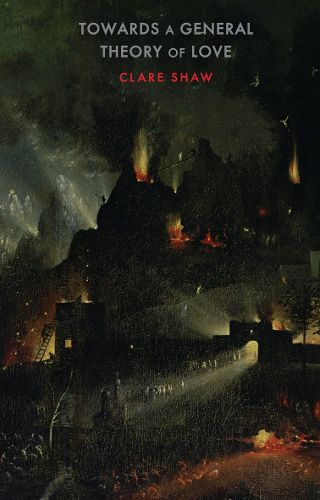Readings Newsletter
Become a Readings Member to make your shopping experience even easier.
Sign in or sign up for free!
You’re not far away from qualifying for FREE standard shipping within Australia
You’ve qualified for FREE standard shipping within Australia
The cart is loading…






Clare Shaw’s fourth collection Towards a General Theory of Love shows that poetry can say as much as about who we are - and especially how we feel - as psychology. They also feed each other.
Harry Harlow’s famous experiments on baby monkeys changed the course of psychology. They proved that we need care, contact and love - and they inflicted profound and lasting suffering on their subjects. Clare Shaw’s poems in Towards a General Theory of Love are driven by the same furious need to understand the experience of love and its absence. Harlow’s findings, attachment theory, mythology and art are set alongside stories of attraction, grief and desire. The book is inhabited by the character of Monkey, who shows by example how early attachments and trauma may shape us, but how ultimately the individual - like the reader - will come to realise her, his or their own general theory and practice of love.
$9.00 standard shipping within Australia
FREE standard shipping within Australia for orders over $100.00
Express & International shipping calculated at checkout
Clare Shaw’s fourth collection Towards a General Theory of Love shows that poetry can say as much as about who we are - and especially how we feel - as psychology. They also feed each other.
Harry Harlow’s famous experiments on baby monkeys changed the course of psychology. They proved that we need care, contact and love - and they inflicted profound and lasting suffering on their subjects. Clare Shaw’s poems in Towards a General Theory of Love are driven by the same furious need to understand the experience of love and its absence. Harlow’s findings, attachment theory, mythology and art are set alongside stories of attraction, grief and desire. The book is inhabited by the character of Monkey, who shows by example how early attachments and trauma may shape us, but how ultimately the individual - like the reader - will come to realise her, his or their own general theory and practice of love.